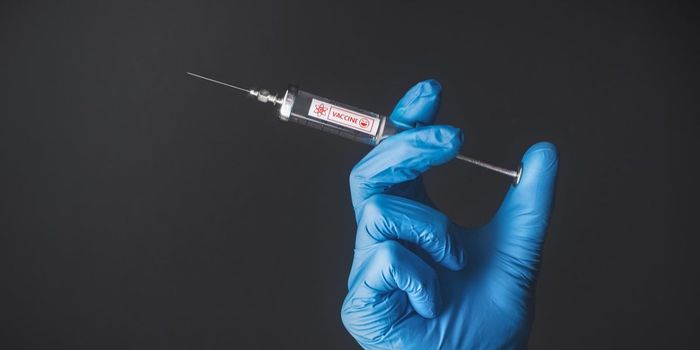Supported by a five-year, $10 million grant from the National Institutes of Health, scientists at a new University of Pennsylvania research center called the Physical Sciences Oncology Center at Penn (PSOC@Penn) will investigate the physical properties that determine the development and growth of cancer.

According to a press release, the researchers will engage in physical measurements as they determine mechanisms that make tumors "palpably distinct masses" and find out how these physical changes cause tumors to grow. A major focal point of the research will be liver cancer. Annually, the American Cancer Society says that more than 30,000 people in the United States are diagnosed with liver cancer, and the five-year survival rate is under 15 percent. The new center hopes to come up with new methods to improve early detection and treatment (http://www.upenn.edu/pennnews/news/new-penn-center-will-investigate-physics-cancer-10m-nih-grant).
Dennis E. Discher, the Robert D. Bent Professor in the School of Engineering and Applied Science and the leader of PSOC, explains, "A key challenge facing cancer research in this age of precision medicine is to deeply comprehend the molecular causes and consequences of tissue changes that are often first measured by clinicians in physical exams of tumors."
PSOC@Penn brings together a multi-disciplinary team co-investigators. Researchers will include specialists in cell and tissue mechanobiology and physics-based theory. The center will use "single molecule imaging and molecular biophysics in foundational studies of molecular and tissue profiles, which are becoming important methods of precisely defining a patient's disease. "The key scientific issue driving PSOC@Penn's research agenda is an emerging awareness that tumor microenvironments can contribute to how cell sub-populations are selected to grow and further evolve," according to the press release. For solid tumors, such as those found in liver cancer, researchers know that "stiff, scar-like collagen accumulates in nearby normal tissue, much like what occurs when tissue is injured." It has also been determined that a physical stiffness of microenvironments can "promote proliferation and can influence gene expression related to cancer's spread."
Researchers at the center researchers will visualize the process of the cell sensing physical properties and changing its molecular machinery with super-resolution microscopy, which brought its inventors a Nobel Prize in 2014. They will probe down to the single-molecule level to gain structural information that will allow for simulations on supercomputers that can then generate predictions of molecular functions. They will also attempt to determine how the shape of the cell's nucleus changes in response to changed microenvironments and how such factors as stiffness affect DNA damage that can cause cancer. The center's efforts will promote new biophysical concepts, methods, tools and mathematical theories.
The website "Physics and Cancer" explains that "Cancer is a complicated disease that develops in space and time. It engulfs all aspects of biology, from development to aging, from single cellular organisms to complicated multi-cellular organisms. It is likely that there are multiple routes to cancer. As such, it has common characteristics with complex systems that we encounter in physics, like high temperature superconductors, liquid crystals, sand, systems with several competing order parameters, and stochastic nonlinear dynamical systems to name a few (http://physicsandcancer.org/#sthash.2TZjY0F6.dpuf).
The center at Penn taking logical steps in determining those routes.









